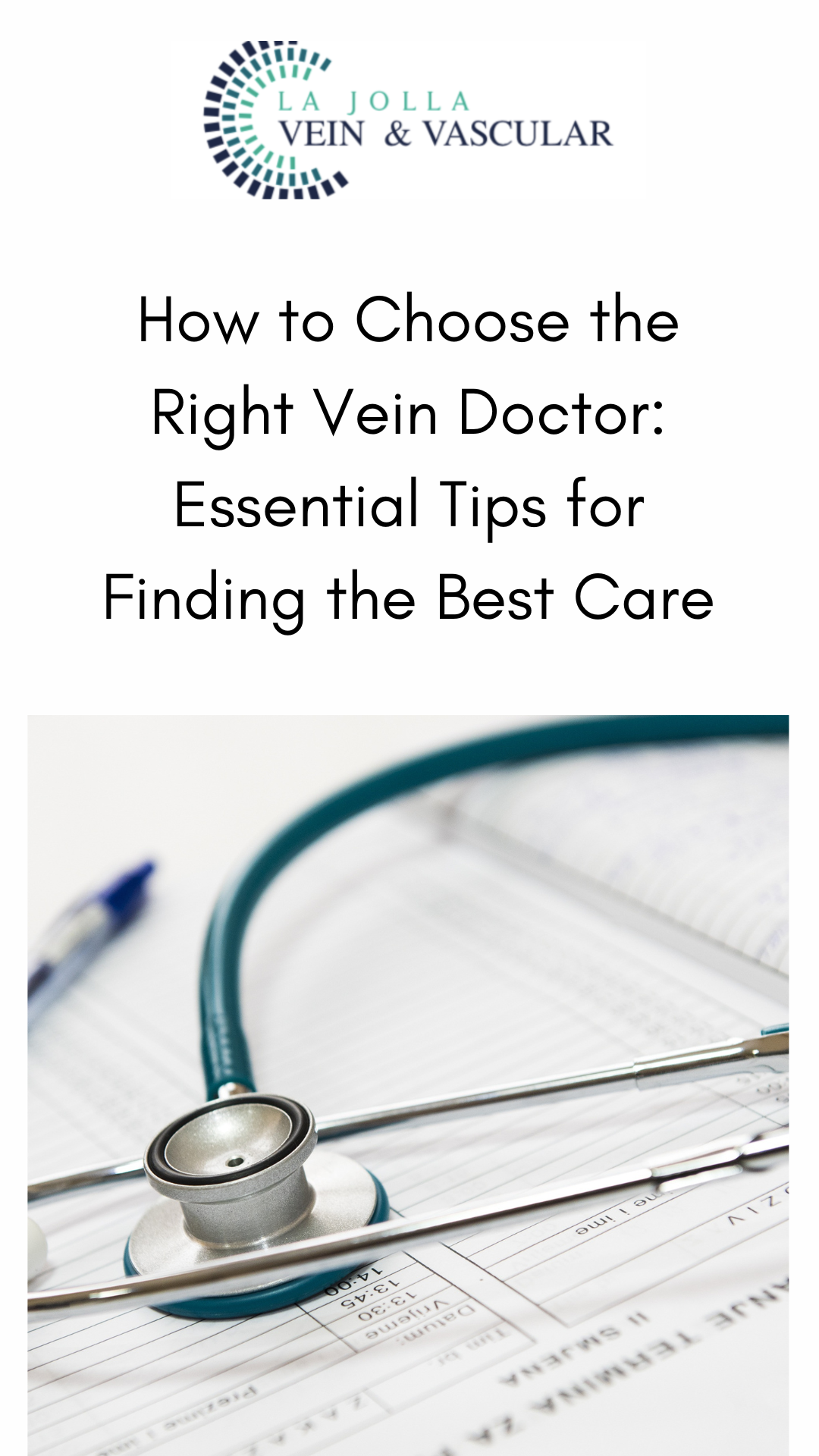Can your height influence varicose veins?

Does height play a role in developing varicose veins? Yes. We initially presented this information in 2018, after a study at Stanford University School of Medicine found a person’s height to be a significant risk factor for developing varicose veins. “We not only found an association between height and varicose veins, but the genetic studies we did showed a causal link,” said cardiologist and study author Dr. Nicholas Leeper, an associate professor of surgery and cardiovascular medicine at Stanford. “That suggests that the genes and pathways that drive human height are also likely to be causing varicose veins.” The study originally published in 2018, found a significant link between above-average height and vein health. In this population-based study of ~500,00 individuals, greater height appeared as a novel predictor of varicose vein disease in machine learning analyses, and was independently associated in multivariable-adjusted Cox regression.
Other known influences such as age, excess weight, being female, and genetics also play a role in the development of them. This study, reveals that taller individuals, the study concluded, have a greater chance of developing them and possibly even blood clots in the legs.
The reason has to do with gravity — blood from the legs of taller people must travel a greater distance to the heart, which forces the veins to work harder. But it also has to do with genetics. The study’s authors found above-average height was not only associated with varicose veins, but could be the underlying cause of the swollen veins that rise to the surface of the legs and feet as well.
Lifestyle modifications to reduce the risk of developing them by including use of compression stockings when traveling and sitting or standing for longer periods of time, exercise, weight loss (if indicated), and leg elevation. Read about measures to reduce symptoms related to varicose veins.
Original Study Published in Circulation.
Clinical and Genetic Determinants of Varicose Veins: A Prospective, Community-Based Study of ~500,000 IndividualsEri Fukaya, Alyssa M. Flores, Daniel Lindholm, Stefan Gustafsson, Daniela Zanetti, Erik Ingelsson, Nicholas J. LeeperCirculation.





